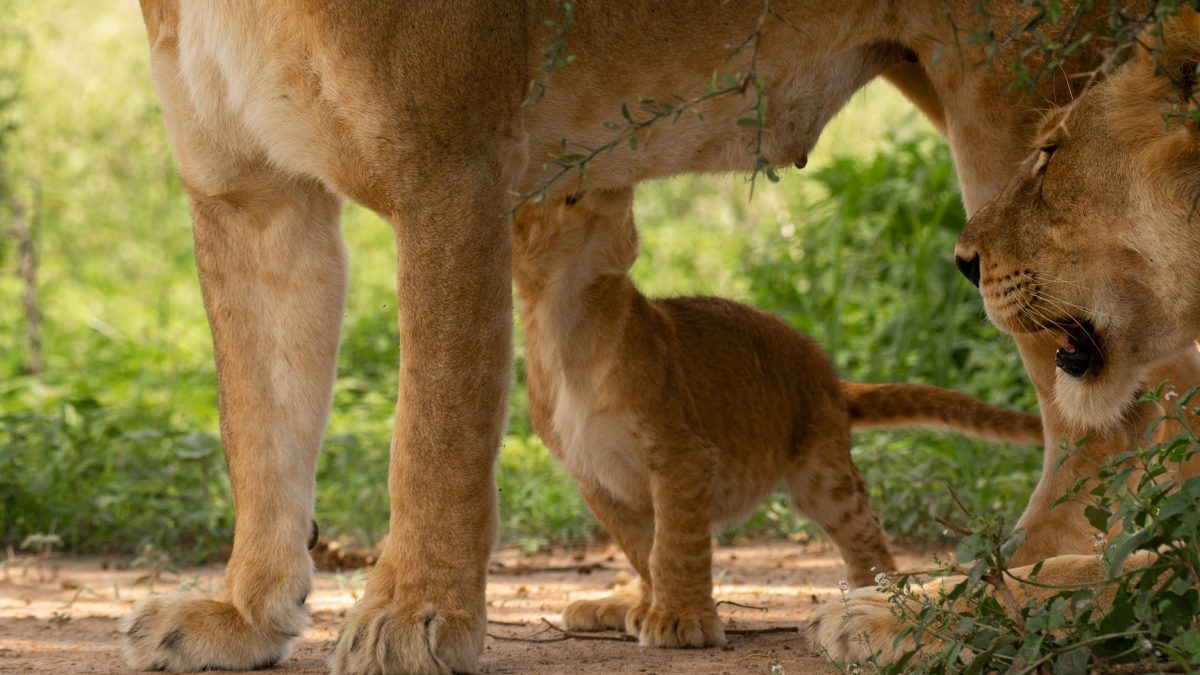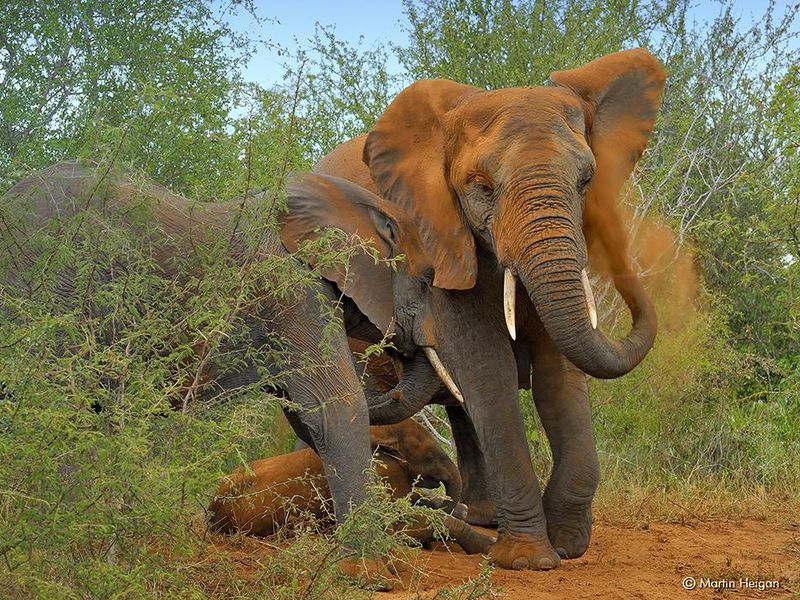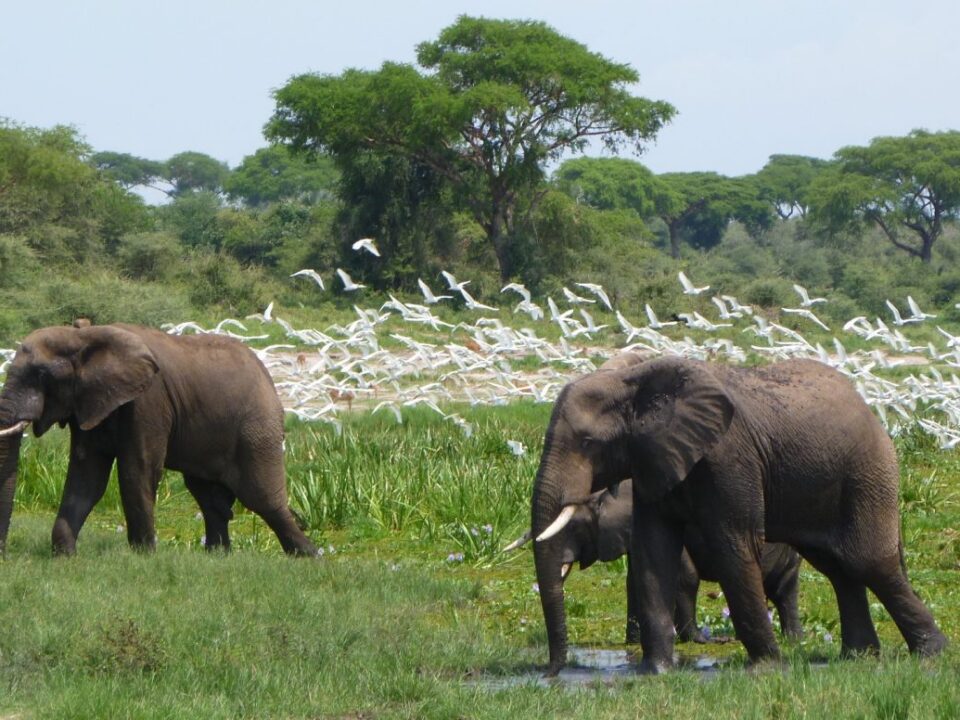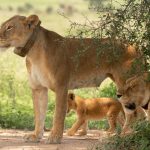
Are There Any Community Initiatives Around Murchison Falls?
April 3, 2025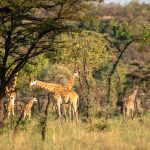
Family-Friendly Accommodations in Murchison Falls?
April 3, 2025Are There Any Endangered Species in Murchison Falls National Park?
Are There Any Endangered Species in Murchison Falls National Park? Murchison Falls National Park is a vast and diverse wildlife haven, offering an incredible array of ecosystems and wildlife species. With its varied landscapes, including savannahs, woodlands, wetlands, and the iconic Nile River, the park is home to an array of animals, both common and rare. Among the many species that call this protected area home, some are classified as endangered, making Murchison Falls not only a haven for tourists seeking adventure but also a critical sanctuary for the preservation of threatened wildlife.
In this article, we will explore some of the endangered species that can be found in Murchison Falls, the importance of the park’s conservation efforts, and how a gorilla trekking experience in Bwindi Impenetrable Forest complements a visit to the park, offering visitors a comprehensive and enriching wildlife experience in Uganda. Deks Safaris and Tours Ltd is here to guide you on your journey through Uganda’s most remarkable wildlife regions, ensuring a memorable and educational safari.
Exceptional Uganda Safari Packages to Murchison Falls National Park
- 6 Days Uganda Adventure Tour
- 6 Days Uganda Safari
- 7 Days Uganda Safari
- 7 Days Uganda Tour
- 8 Days Uganda Safari
- 8 Days Uganda Tour
- 9 Days Uganda Safari
- 9 Days Uganda Wildlife Tour
- 15 Days Best of Uganda Safari
- 15 Days Ultimate Uganda Safari
- 21 Days Around Uganda Safari
- 21 Days Uganda Safari
- 3 Days Bwindi Gorilla Trekking
- 4 Days Uganda Safari
- 4 Days Gorilla Trekking Safari
- 5 Days Uganda Tour
- 5 Days Uganda Safari
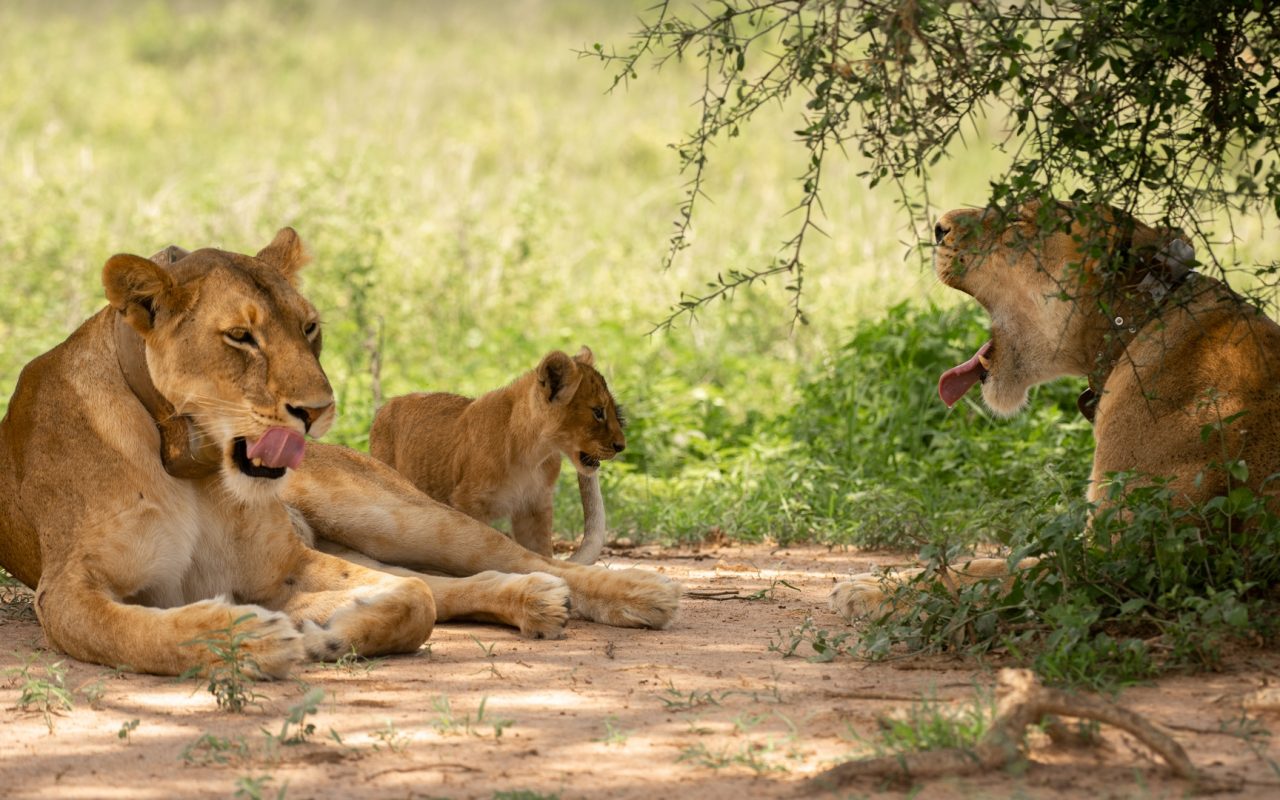
Murchison Falls National Park
The Importance of Murchison Falls National Park in Conservation
Murchison Falls National Park, Uganda’s largest and oldest protected area, covers approximately 3,893 square kilometers and is home to a wide range of ecosystems that support various species. Its diverse habitats, including the Nile River, savannah, wetlands, and woodlands, make it a vital region for wildlife conservation. The park’s crucial role in biodiversity conservation goes beyond its status as a national park; it also serves as an important corridor for animals migrating between different protected areas in the region. However, with human encroachment, habitat degradation, and poaching posing significant threats to wildlife, some species in Murchison Falls National Park are at risk of extinction, making ongoing conservation efforts crucial.
Among the park’s inhabitants are several endangered species that require special protection. The presence of these species highlights the importance of conservation work and sustainable tourism in maintaining the park’s ecological balance. The government of Uganda, together with non-governmental organizations and local communities, has made significant strides in ensuring that Murchison Falls remains a safe haven for these threatened animals.
Endangered Species in Murchison Falls National Park
- The Rothschild’s Giraffe
One of the park’s most iconic species, the Rothschild’s giraffe, is a subspecies of giraffe that is listed as endangered. Characterized by its light, patchy coat and white legs, this giraffe is one of the rarest giraffe subspecies in Africa. The Rothschild’s giraffe was once found in various parts of Uganda, but today, it is only found in a few protected areas, including Murchison Falls National Park.
The population of Rothschild’s giraffes in Murchison Falls is relatively small, but ongoing conservation efforts, such as monitoring and anti-poaching patrols, have helped to stabilize their numbers. Visitors to Murchison Falls have a great chance of spotting these magnificent animals, particularly in the park’s open savannah areas, where they are often seen grazing on acacia trees. The giraffes’ presence in Murchison Falls National Park is an important symbol of the success of conservation initiatives and the park’s role in protecting endangered species.
- The African Elephant
The African elephant, though not classified as critically endangered, is listed as a vulnerable species, and populations across Africa have seen significant declines due to poaching and habitat loss. Murchison Falls National Park is home to a large population of elephants, particularly in areas near the Nile River. These majestic animals play a key role in shaping the park’s ecosystem by dispersing seeds, creating waterholes, and maintaining the savannah and forest landscapes.
In Murchison Falls, elephants face threats from poaching due to their tusks, as well as human-wildlife conflict, which arises when elephants wander into nearby agricultural lands. However, the park is committed to ensuring the safety of elephants through anti-poaching efforts, which include regular patrols and monitoring programs. Visitors to Murchison Falls often encounter herds of elephants in the park, providing an incredible opportunity to witness these awe-inspiring animals in their natural habitat.
- The Shoebill Stork
The shoebill stork is another endangered species that can be found in Murchison Falls National Park. This prehistoric-looking bird is native to the swamps and wetlands of central and eastern Africa. With its large, shoe-shaped bill, the shoebill stork is one of the most sought-after birds by birdwatchers. In Murchison Falls, the shoebill is often seen around the park’s wetlands and the Nile River, where it hunts for fish and other small aquatic creatures.
The shoebill stork is classified as vulnerable due to habitat destruction, particularly the draining of wetlands, and the illegal hunting of the bird. The presence of the shoebill in Murchison Falls is a testament to the park’s commitment to protecting critical wetland habitats. Birdwatchers visiting Murchison Falls can look forward to seeing this iconic bird, particularly during boat cruises along the Nile River, where sightings of shoebills are common.
- The Leopard
Although leopards are not as commonly seen as lions or elephants, leopards are present in Murchison Falls National Park. These solitary, elusive predators are classified as near threatened due to habitat loss and poaching. The leopard population in Murchison Falls is relatively stable, and sightings of these magnificent big cats are always a rare and exciting experience for safari-goers.
Leopards are typically found in the park’s forested areas, along the riverbanks, and in the more remote regions of the park. They are primarily nocturnal and tend to stay hidden during the day, making them difficult to spot. However, those who embark on early morning or late evening game drives may have the chance to see these elusive cats hunting or resting in the shade.
Conservation Challenges in Murchison Falls National Park
While Murchison Falls National Park is home to many endangered species, it faces several challenges in terms of conservation. Poaching remains a significant threat to the park’s wildlife, particularly elephants and rhinoceroses (though rhinos are not currently found in the park, they were historically present). The illegal wildlife trade, driven by the demand for ivory, rhino horns, and bushmeat, continues to put pressure on these species.
In addition to poaching, the park’s wildlife faces the ongoing challenge of habitat degradation. Encroachment by human settlements, agricultural expansion, and infrastructure development have led to the fragmentation of key habitats, making it harder for species to thrive. However, conservation efforts are underway to combat these challenges, including anti-poaching patrols, habitat restoration projects, and the promotion of community-based conservation initiatives.
Gorilla Trekking in Bwindi Impenetrable Forest: A Complement to Your Murchison Falls Experience
While Murchison Falls offers an incredible opportunity to see endangered species such as the Rothschild’s giraffe, African elephant, and shoebill stork, Uganda is also home to some of the world’s most iconic endangered species — the mountain gorillas of Bwindi Impenetrable Forest. For those seeking a deeper wildlife experience, combining a visit to Murchison Falls with gorilla trekking in Bwindi is a perfect way to witness one of the planet’s most endangered and awe-inspiring species up close.
Bwindi Impenetrable Forest, located in southwestern Uganda, is one of the few remaining habitats for mountain gorillas. The forest is home to a growing population of these gentle giants, and trekking through the misty, dense undergrowth to observe them in their natural habitat is a once-in-a-lifetime experience. At Deks Safaris and Tours Ltd, we offer tailored itineraries that allow you to combine the best of both worlds: the wildlife wonders of Murchison Falls and the unforgettable experience of gorilla trekking in Bwindi.

Bwindi Impenetrable Forest
Conclusion: The Role of Murchison Falls in Conservation
Murchison Falls National Park plays a vital role in the conservation of endangered species in Uganda. Its diverse ecosystems support a variety of species, including the endangered Rothschild’s giraffe, the vulnerable African elephant, the near-threatened leopard, and the vulnerable shoebill stork. Ongoing conservation efforts and sustainable tourism practices ensure that the park continues to serve as a sanctuary for these species, providing visitors with an opportunity to witness their beauty in the wild.
For those interested in expanding their wildlife adventure, gorilla trekking in Bwindi Impenetrable Forest offers a chance to experience another of Uganda’s most endangered species in an entirely different environment. At Deks Safaris and Tours Ltd, we are committed to providing you with a memorable and responsible safari experience, guiding you through Uganda’s remarkable national parks, where conservation, education, and adventure go hand in hand. With our expertise, we ensure that your journey not only allows you to witness endangered species but also contributes to their protection and preservation for generations to come.

